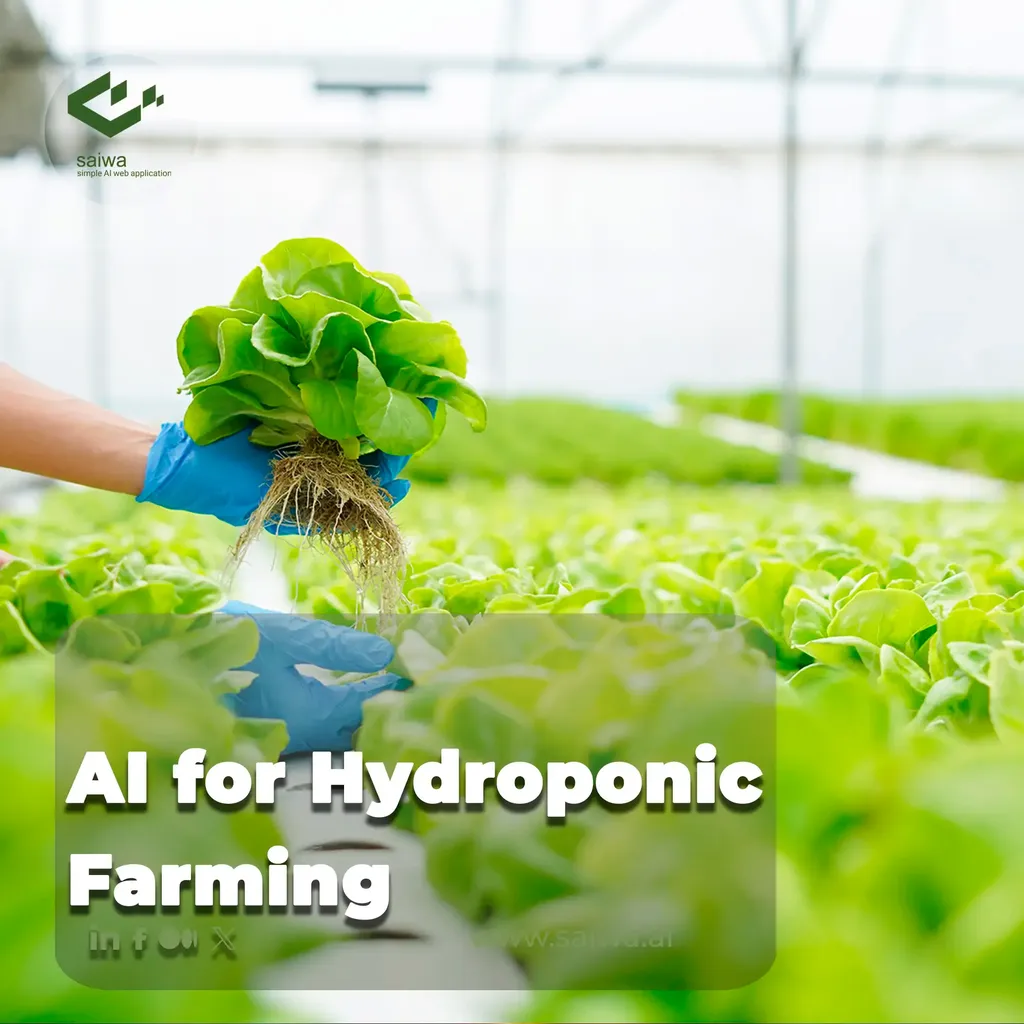In the heart of Afghanistan, a groundbreaking study is reshaping the future of small-scale hydroponics, merging the realms of artificial intelligence and Internet of Things (IoT) to empower farmers in developing regions. Led by Musawer Hakimi from the Computer Science Department at Samangan University, the research introduces a novel AI-based monitoring system designed to optimize hydroponic nutrient solutions, potentially revolutionizing smallholder farming practices.
The system, detailed in the journal *Jurnal Ilmiah Telsinas* (Scientific Journal of Telsinas), leverages generative AI to provide real-time, context-aware feedback for hydroponic systems. This is not just about monitoring; it’s about making intelligent, data-driven decisions that can significantly enhance crop yields and resource efficiency. “The system consists of an ESP32 sensor device, a Flutter mobile application, and cloud services via Thingsboard and the Gemini API,” explains Hakimi. “This integration allows for real-time data collection and secure communication, ensuring that farmers have the information they need to make informed decisions.”
The research underscores the potential of AI and IoT to collude in aiding smart agriculture, a sector ripe for technological disruption. By focusing on smallholder farmers, the study addresses a critical gap in agricultural technology, where resource constraints often limit access to advanced monitoring systems. “The results show effective real-time data collection and secure communication, with accurate AI feedback validated by expert judgment,” Hakimi notes. This validation is crucial, as it ensures that the system’s recommendations are not only data-driven but also practically applicable.
The implications for the energy sector are profound. As the world grapples with the challenges of climate change and resource scarcity, the ability to optimize nutrient solutions in hydroponic systems can lead to more sustainable and energy-efficient farming practices. This, in turn, can reduce the energy footprint of agriculture, a sector that is both a significant consumer and emitter of greenhouse gases.
Looking ahead, the research paves the way for future developments in the field. “Future work will concentrate on enhancing the accuracy of the model based on ground truth data and improving the accessibility of the platform,” Hakimi shares. This ongoing refinement is essential for scaling the technology and making it accessible to a broader range of farmers, particularly in developing regions where the impact could be most transformative.
The study’s findings are a testament to the power of interdisciplinary collaboration, combining computer science, agriculture, and energy sectors to create a more sustainable future. As we stand on the brink of a new agricultural revolution, the work of Hakimi and his team serves as a beacon of innovation, illustrating how technology can be harnessed to address some of the most pressing challenges in global food security and energy efficiency.

